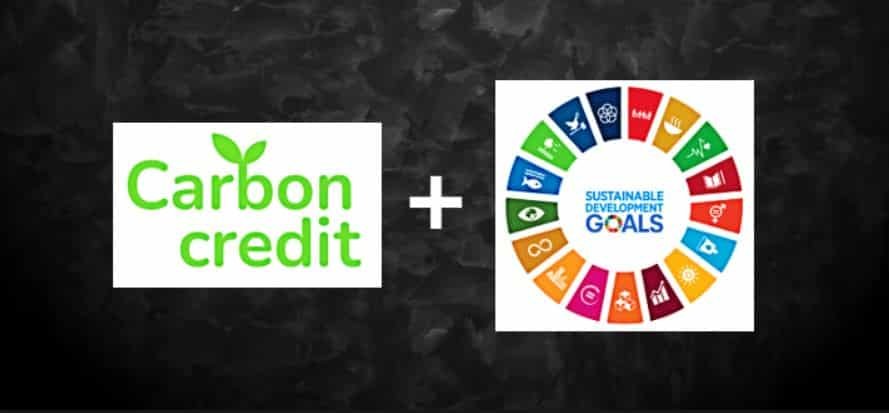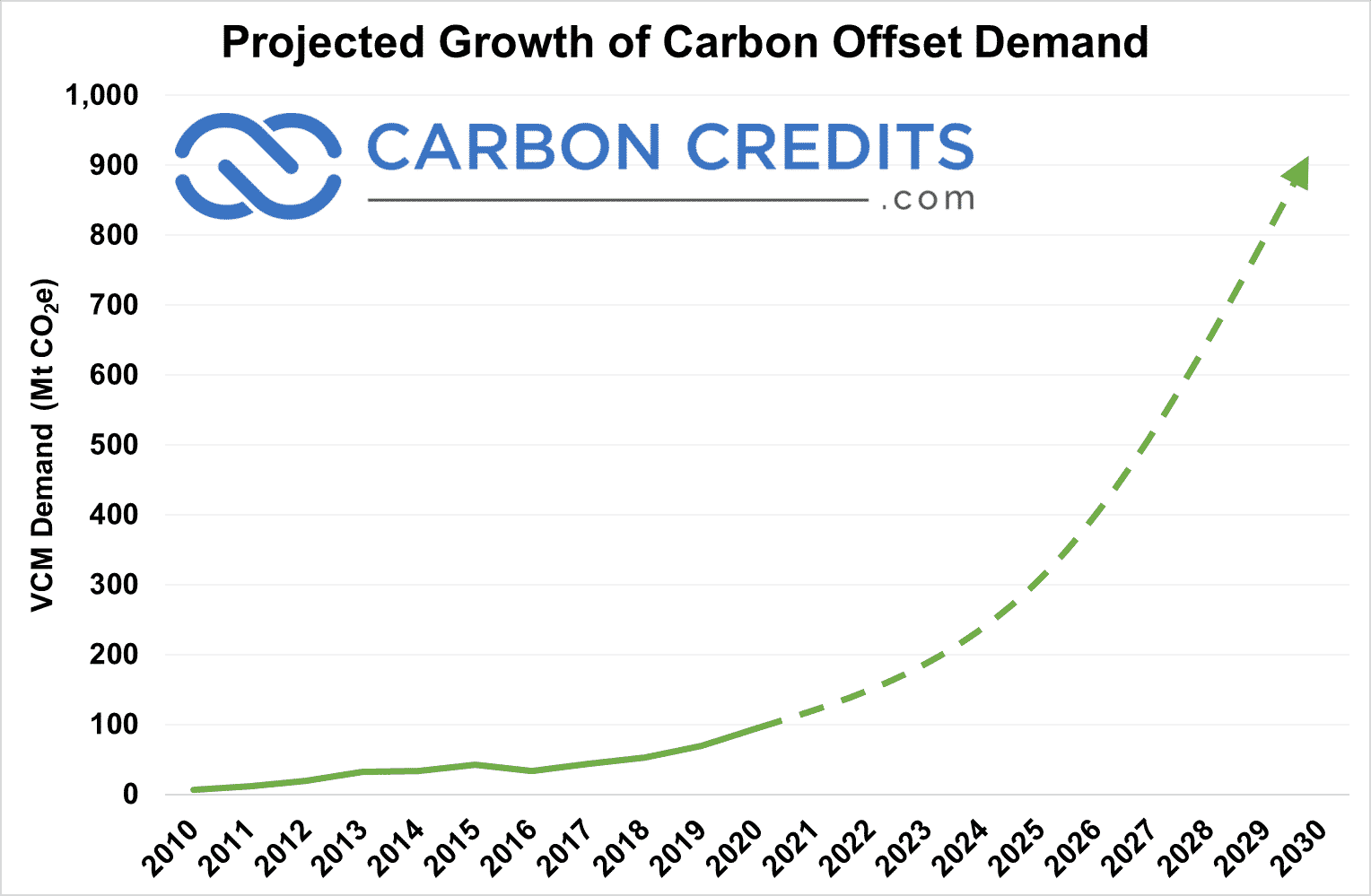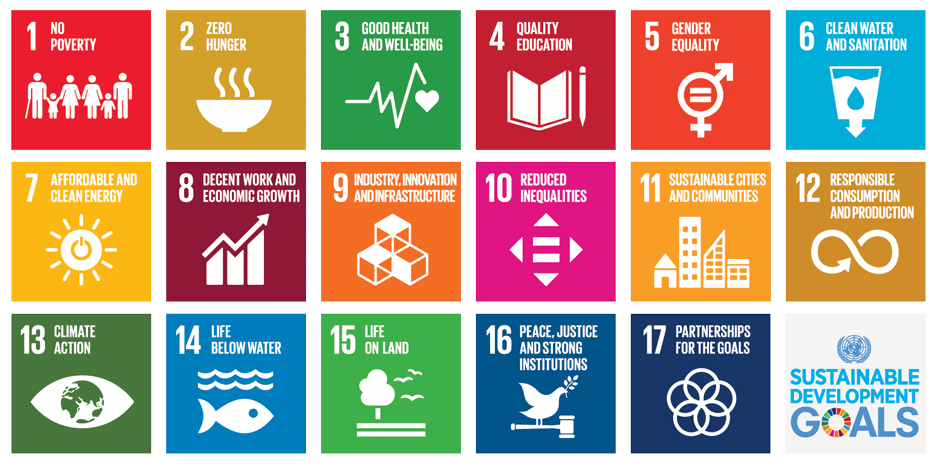Carbon credits from climate actions represent a crucial part of a strategy to mitigate climate change while supporting the global priorities on advancing sustainable development goals.
This decade has been dedicated by the United Nations on restoring ecosystems and reversing their degradation. A successful completion of this huge task achieves a lot of priorities – abating climate change, alleviating poverty, promoting equality, etc. Collectively, they are aligned under the UN’s 17 Sustainable Development Goals (SDGs).
Carbon credits are a well established market mechanism that allows organizations or companies to tackle their greenhouse gas emissions by supporting projects that reduce or remove carbon. These projects often involve land management practices that sequester carbon, making them critical in achieving the Paris Agreement climate goals.
But more importantly, they can also meet many of the sustainable development goals. This article will explain how carbon credits can help in aligning climate actions with global priorities on SDGs.
Pricing Carbon is A Climate Action, Plus More
Assigning a real-world value to the cost of emitting CO2 and other GHGs through carbon credits receives both criticism and appreciation. Some consider it greenwashing while others find it an essential tool to reverse the effects of climate change.
But most people agree on one point – putting a price on carbon forces individuals and companies to pollute less.
Thus, it’s not surprising that carbon credits have become popular as companies strive to reduce their carbon emissions. And as more money is poured into climate action, more corporations are looking to offset their emissions through carbon credits.
- Carbon credits are from activities or projects that avoid, reduce, or remove CO2 emissions. Each credit is equal to one tonne of avoided, reduced, or removed carbon.
Industry estimates show that demand for carbon offset credits will increase exponentially, primarily because of corporate net zero pledges. These commitments will bolster trading of carbon credits in the voluntary market (VCM), funding actions that mitigate the climate.
A lot of large companies find that investing in actions that generate carbon credits is the best option they have to curb their emissions. But some of them don’t know how or which projects align with SDGs that match their corporate sustainability priorities.
Not all carbon offset projects may cover a broad range of sustainability areas. But each project can produce other benefits that go beyond carbon sequestration. The financing provided through carbon credits can bring other social and economic benefits, otherwise known as co-benefits.
The Value-driven Model of Carbon Credits
There are various ways in considering carbon credits but not all projects factor in the additional value of delivering sustainable development. Some, like the cost-based model, take into account the costs of implementing a project while ensuring its viability.
It takes into account the costs of implementing a project while ensuring its on-going viability. But they miss factoring in the socio-economic benefits delivered by a project. That’s what the value-driven model tries to address.
For example, community-based clean cookstoves projects, which often deliver health benefits to women and children, often have higher value than large-scale renewable energy projects, for instance. So, if the carbon offsets these projects produce reflect those co-benefits, they’re priced or valued more.
Co-benefits also refer to the United Nations’ 17 Sustainable Development Goals.
Some carbon standards consider the beyond-carbon impacts of a project and reflect them in the final price of carbon credits.
Here’s an example of various project types that have different shared values based on the SDGs they deliver.
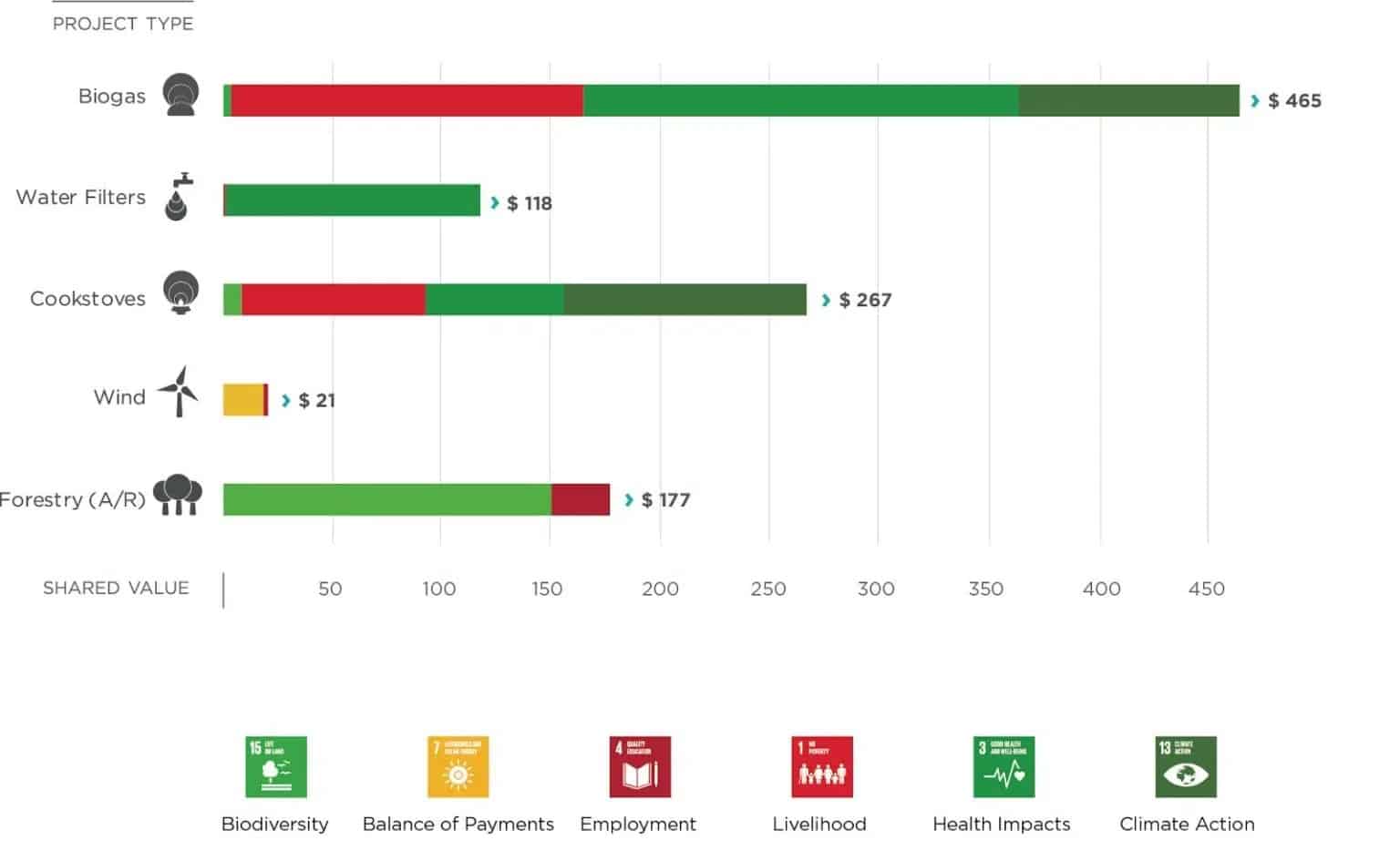
The Agenda for Sustainable Development: UN 17 SDGs
The 2030 Agenda for Sustainable Development, adopted by the UN parties in 2015, is a roadmap to ensure sustainable social, environmental, and economic progress worldwide. At its heart are the UN 17 SDGs, an urgent call for action by all countries in a global partnership.
The United Nations 17 Sustainable Development Goals
They believe that ending poverty must go hand-in-hand with improving health and education, lowering inequality, and bolstering economic growth – all while tackling climate change.
Though climate action, SDG 13, is one of the goals, it should go together with other sustainable development areas.
The Paris Agreement builds upon the global efforts and priorities specified under climate action and sets GHG emissions mitigation targets. It aims to prevent global warming from going above 2°C in this century relative to pre-industrial levels. It also promotes climate adaptation, mitigation, and finance to fight the climate crisis the world faces.
The Agreement advances cooperative approaches where countries can work together voluntarily to meet their climate goals. It also establishes the carbon credit market that facilitates climate action, supports sustainable development, while ensuring environmental integrity and transparency.
The creation of the 17 SDGs provides important momentum for integrating sustainable development into international carbon market agreements.
Alignment of Carbon Credits and Sustainable Development Goals
Climate change mitigation and co-benefits can go hand in hand if considered from the early stages of the project. Careful integration of sustainable development goals into a carbon credit project’s blueprint can ensure their successful delivery.
Most often, nature-based climate solutions like afforestation or improved forest management projects (REDD+) produce higher valued carbon credits. But carbon credits with several co-benefits or bundled with sustainable development goals keep on creating higher or premium values.
Let’s provide two examples of projects that successfully align climate action with global priorities on SDGs.
-
Water Borehole Project
One example is the water borehole project by Plannet Zero in Mozambique, a country in southeastern Africa. The project involves the installation and repair of water boreholes throughout the Manica province in western Mozambique.
The boreholes provide access to clean water and eliminate the need for boiling water to make it safe for drinking. The project is also reducing about 10,000 tonnes of CO2 or its equivalent each year.
Apart from its carbon reduction outcomes, the project also delivers several co-benefits and SDGs.
Water borehole project co-benefits:
- 3125 additional people gain access to safe water
- Improvement of indoor air quality due to reduced need to boil water
- Reduction in the occurrence of water-borne diseases locally
- Time spent collecting firewood will be reduced by >30 minutes a day with the removed need for wood fuel to boil water
- The boreholes are monitored and tested annually for water quality
- Water point committees will be set up and trained to ensure that they are empowered to manage the boreholes
The project delivers these specific sustainable development benefits:
- SDG 3: Good Health and Well-being
- SDG 5: Gender Equality
- SDG 6: Clean Water and Sanitation
- SDG 13: Climate Action
The boreholes covered by the project will be powered entirely by emission-free technologies such as hand or solar-powered pumps. They, in turn, produce carbon credits linked with other sustainable development goals the project meets.
-
Clean and Efficient Cookstoves
Most of the household cooking in many countries in Africa and Asia is done by women. They also spend a lot of time collecting wood for fuel and often cook indoors without proper ventilation.
The clean and efficient cookstove project by Gold Standard seeks to tackle the major development issues of this cooking practice. The goal is to serve the most vulnerable communities while tackling health issues associated with traditional cookstoves while promoting financial security and women empowerment.
The project generates verified carbon credits, sold and in turn, deployed more efficient cookstoves.
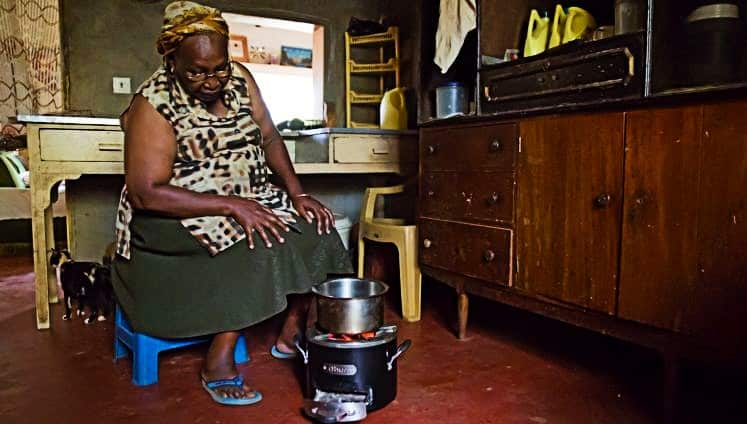
Apart from delivering about 950,000 tonnes of emissions reductions that help fight climate change, SDG 13, the project also brings these other sustainable development benefits:
- SDG 1: No Poverty – Households used less of their income and time on acquiring wood fuel, while also offering direct consumer financing or access to microfinance institutions.
- SDG 3: Good Health and Well-Being – By reducing fuel consumption by 50%, indoor air quality improved, which reduces related health problems.
- SDG 5: Gender Equality – Women need less time daily to gather wood fuel, and some of them are recruited and empowered as cookstove entrepreneurs.
- SDG 7: Affordable & Clean Energy – The cookstoves burn biomass fuel more efficiently.
- SDG 8: Decent Work and Economic Growth – More time to look for additional employment as well as job opportunities in cookstove production.
- SDG 13: Climate Action – Reduced carbon emissions
- SDG 15: Life on Land – Reduced wood sourcing from non-renewable sources, reducing deforestation.
Various Climate Actions Flowing to Each SDG
At the center of a successful climate action or project that generates carbon credits is partnerships – the UN SDG 17. Both the water borehole and cookstove projects facilitate cooperation among private sector, governments, and nonprofits to achieve desired development goals.
An investor that considers only a carbon project in terms of its carbon reduction benefits is choosing the tree over the entire forest. Opting for carbon credits that supports a number of sustainable development goals that also align with corporate sustainability delivers great benefits.
Apparently, each SDG has its own targets to achieve but it can also tackle other development issues like SDG 13. More significantly, every climate action can deliver impacts that flow to more than just one SDG.
Moreover, meeting other sustainable development goals are also eligible for producing different types of carbon credits.
For example, projects that speed up the clean energy transition (SDG 7) can generate renewable energy credits. This type of carbon credit is from replacing fossil fuel energy sources by renewables such as hydro, solar, and wind.
In sum, investing in carbon credit projects is more than worth it. They can be developed or implemented in a way that mitigates effects of climate change while also addressing other global sustainable priorities.

